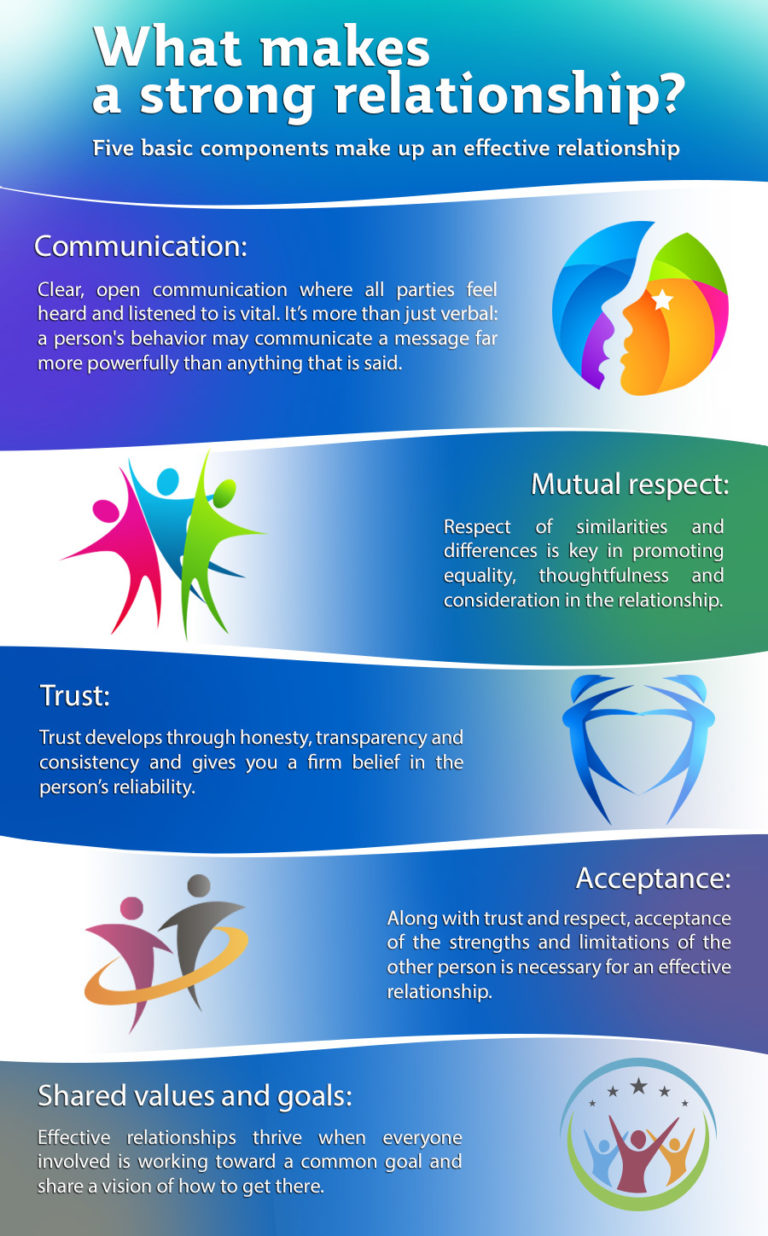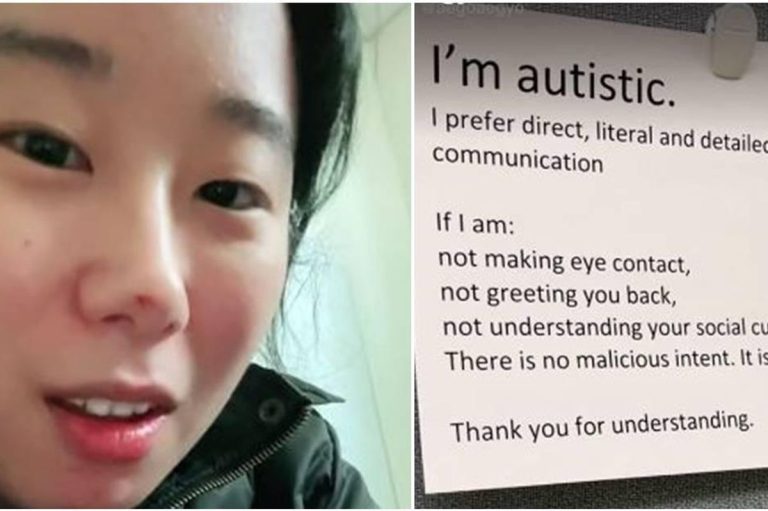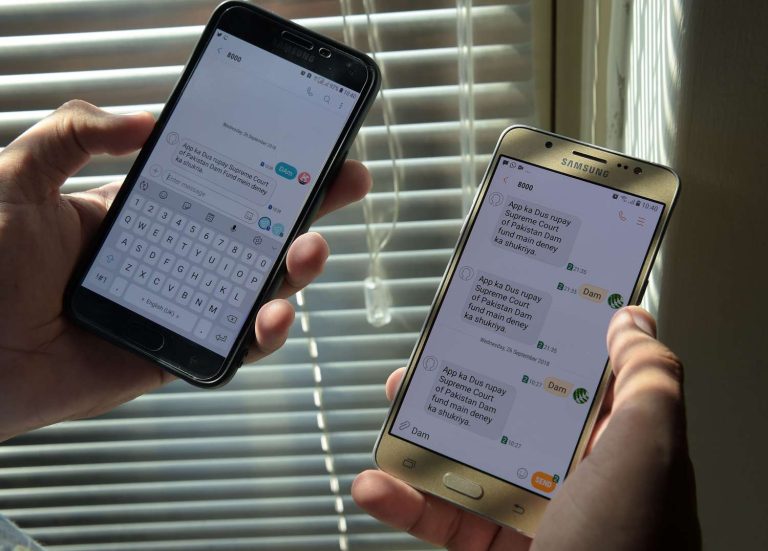The Key Components Of Communication: Strengthen Your Bond
Communication forms the foundation of any successful relationship. It’s essential for understanding and connection.
Without clear communication, misunderstandings arise, causing conflicts and distance. In relationships, communication isn’t just about talking. It includes listening, understanding, and expressing feelings. Couples who communicate well often enjoy stronger bonds. They solve problems together and support each other’s goals.
Good communication helps in sharing dreams, fears, and needs. It builds trust and deepens intimacy. Even when disagreements happen, effective communication allows for resolution. It prevents issues from escalating. Every relationship faces challenges, but communication can make them easier to overcome. In this blog, we will explore the key components of communication in relationships. Understanding these elements can help improve any partnership, making it more fulfilling and harmonious.
Verbal Communication
Effective verbal communication forms the backbone of any strong relationship. It involves expressing thoughts clearly and listening actively. This fosters understanding and trust between partners.
Effective communication is the backbone of any successful relationship, and verbal communication plays a pivotal role in this dynamic. It’s not just about the words you use, but how you use them to convey your thoughts, feelings, and intentions. Verbal communication can either strengthen your bond or create misunderstandings if not handled with care.Tone And Clarity
The tone of your voice can drastically change the message you intend to deliver. A warm, gentle tone can convey love and understanding, while a harsh tone might communicate anger or frustration. Clarity in your speech ensures that your partner fully understands what you’re trying to say. Avoid jargon or complex words that might confuse them. Think about how clear you are when asking for something as simple as a glass of water. The clearer you are, the less room there is for misinterpretation.Active Listening
Active listening is a crucial component of verbal communication. It involves fully concentrating, understanding, and responding to your partner’s words. Imagine a time when you felt truly heard by someone. It likely made you feel valued and respected. When you actively listen, you show empathy and interest. This can be as simple as nodding your head or making eye contact. Ask yourself, how often do you listen to understand rather than just waiting for your turn to speak? By improving your verbal communication skills, you enhance the quality of your relationship. Consider how changes in tone and clarity, along with active listening, can make a difference in your daily interactions. How might these small shifts transform the way you connect with your partner?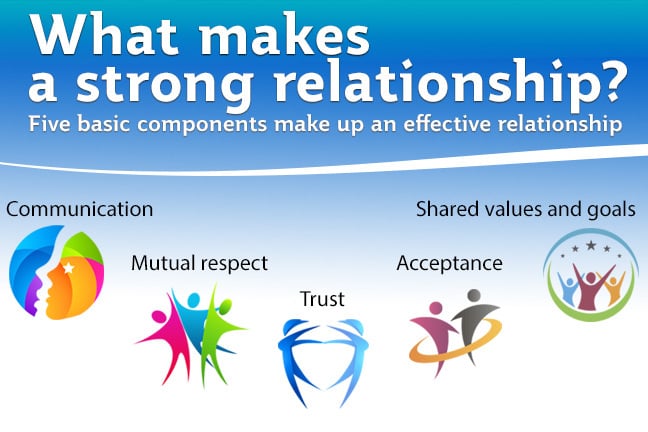
Credit: www.futurelearn.com
Non-verbal Signals
Communication in a relationship is not just about words. Non-verbal signals play a huge role. They can express feelings and thoughts. Often, they say more than spoken words. Understanding these signals helps strengthen connections. Let’s explore two key components: body language and facial expressions.
Body Language
Body language shows how someone feels. It includes gestures and posture. Arms crossed might signal defensiveness. Leaning in suggests interest. Feet pointing away can mean discomfort. Even the way someone sits speaks volumes. Recognizing these signals helps understand a partner’s true feelings. It’s a silent conversation between two people.
Facial Expressions
Faces tell stories without words. A smile can show happiness or agreement. Frowns might indicate confusion or disagreement. Raised eyebrows often mean surprise. Eyes are especially expressive. They can show love or anger. A glance can communicate more than a paragraph. Understanding facial cues improves communication. It helps to see beyond spoken words.
Written Communication
Written communication plays a vital role in relationships today. It provides a structured way to express thoughts and feelings. Whether through emails or text messages, it helps maintain clarity. Each medium has its own etiquette and style. Learning to use them effectively strengthens bonds. Here, we explore two key forms of written communication.
Effective Emailing
Emailing is more formal than other forms of communication. It allows for detailed discussions without interruptions. Writing clear and concise emails is crucial. Begin with a friendly greeting to set a positive tone. Use simple language for easy understanding. Break information into short paragraphs. This keeps the message clear and organized. Always end with a polite closing statement. Re-read your email before sending. This helps avoid misunderstandings.
Text Messaging Etiquette
Text messaging is quick and convenient. It is less formal than emails. Keep messages short and to the point. Use simple words for clarity. Avoid using too many abbreviations. They can confuse the reader. Be mindful of your tone. Texts lack vocal cues, so misunderstandings can happen. Use emojis sparingly to express emotions. But remember, not everyone interprets them the same way. Always respond in a timely manner. This shows respect and interest.

Credit: www.marriage.com
Visual Communication
Visual communication plays a crucial role in relationships. It enhances understanding and conveys emotions that words sometimes cannot. When you master visual cues, you can build stronger connections with your partner.
Use Of Imagery
Imagery is powerful in expressing feelings. A simple smile or a warm glance can communicate affection and reassurance. These visual cues often speak louder than words.
Imagine coming home after a long day. Your partner’s smile can instantly lift your mood, offering comfort and love without uttering a single word. Such moments reinforce the bond and trust in the relationship.
Consider how imagery can be a tool in resolving conflicts. Showing a picture from a cherished memory can remind you both of happier times, helping to ease tension and refocus on positive aspects.
Charts And Diagrams
Charts and diagrams aren’t just for business meetings. They can clarify relationship dynamics. Visualizing feelings or concerns can help both partners understand each other better.
Have you ever used a chart to map out shared goals or dreams? It’s a great way to visually align your aspirations, making sure you’re on the same page. This can prevent misunderstandings and keep you both focused on what matters.
Even simple diagrams can aid in communication. For example, a pie chart showing how you both spend time can highlight areas needing attention, helping to balance responsibilities and leisure.
Visual tools can be game changers in relationships. How might you use them to improve communication with your partner? Exploring these avenues can lead to deeper understanding and connection.
Digital Communication
Digital communication plays a crucial role in modern relationships. It offers convenience and immediacy. Couples can stay connected despite physical distance. But, digital communication has its challenges. Misunderstandings can occur without face-to-face interaction. Clear communication is essential to maintain healthy relationships. Let’s explore key aspects of digital communication.
Social Media Interaction
Social media can strengthen or harm relationships. It provides a platform for sharing moments. Couples can express affection through posts and comments. But overuse can lead to neglect of personal interaction. Balance is key. Be mindful of privacy settings. Protect your relationship from unwanted intrusion. Avoid comparing your relationship to others online. Every relationship is unique and private.
Video Conferencing Tips
Video calls bridge the gap between distant partners. They allow face-to-face interaction. Ensure a quiet environment for calls. Minimize background noise and distractions. Use good lighting for clear visibility. This enhances the experience. Be present and attentive during calls. Make eye contact by looking at the camera. This shows engagement and interest. Regular video calls help maintain emotional connection.
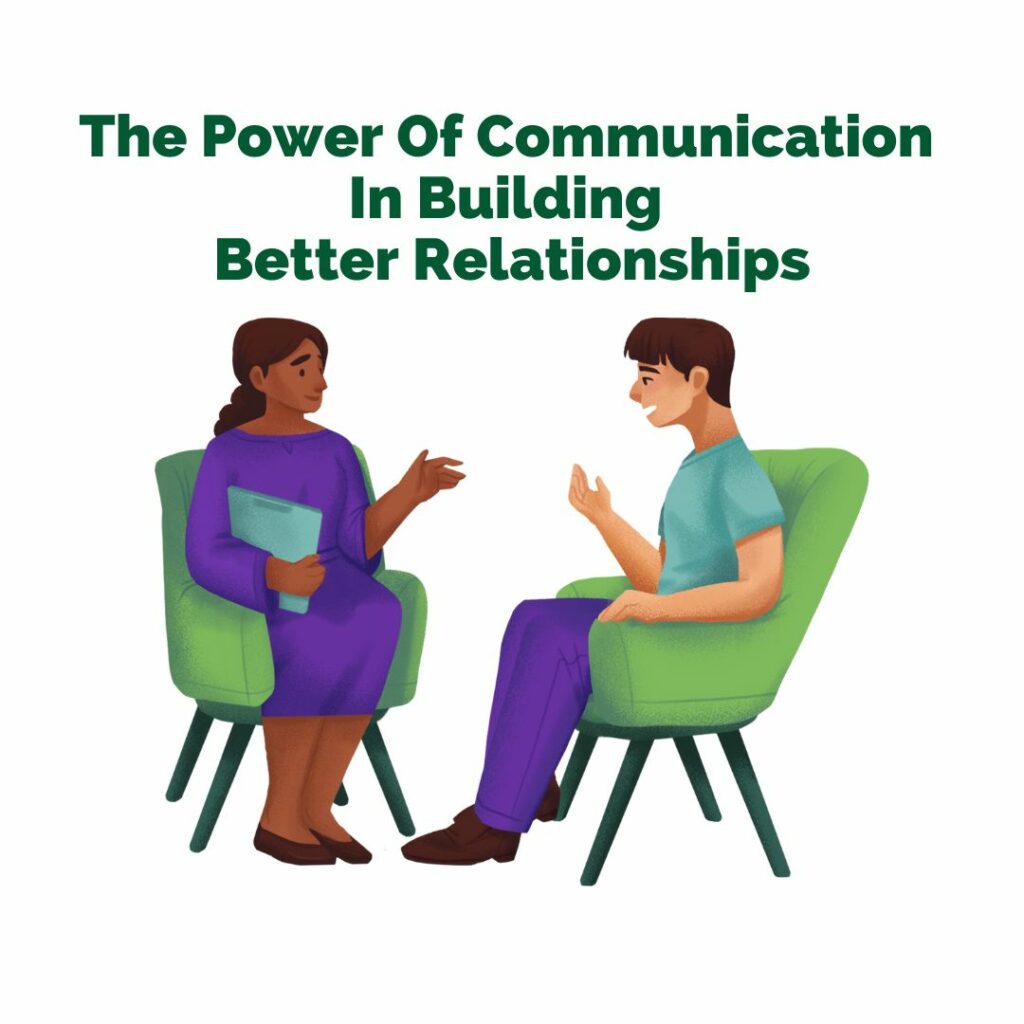
Credit: lynnlokpayne.com
Frequently Asked Questions
What Are The 5 C’s Of A Relationship?
The 5 C’s of a relationship are Communication, Commitment, Compromise, Compatibility, and Chemistry. These elements ensure a strong, healthy bond. Communication fosters understanding, while commitment builds trust. Compromise helps resolve conflicts, compatibility ensures shared values, and chemistry maintains attraction.
What Are The 5 C’s Of Communication?
The 5 C’s of communication are clarity, conciseness, coherence, credibility, and courtesy. Clarity ensures the message is understandable. Conciseness keeps it brief. Coherence maintains logical flow. Credibility establishes trust. Courtesy respects the audience. These principles enhance effective communication.
What Are The 4 Types Of Communication In Relationships?
The four types of communication in relationships are verbal, non-verbal, written, and visual. Verbal includes spoken words. Non-verbal involves body language, gestures, and facial expressions. Written covers text messages, emails, and letters. Visual uses images, symbols, and videos to convey messages.
Effective communication strengthens relationships.
Conclusion
Strong communication builds a healthy relationship. Clear words express feelings and thoughts. Listening is just as important as speaking. It helps partners understand each other better. Honest conversations solve problems and build trust. Non-verbal cues, like body language, also play a big role.
They convey emotions and intentions. Respect and empathy create a safe space for sharing. Everyone wants to feel heard and valued. Practicing these skills strengthens bonds over time. Relationships thrive on open and honest dialogue. Keep talking, keep listening, and grow together.
